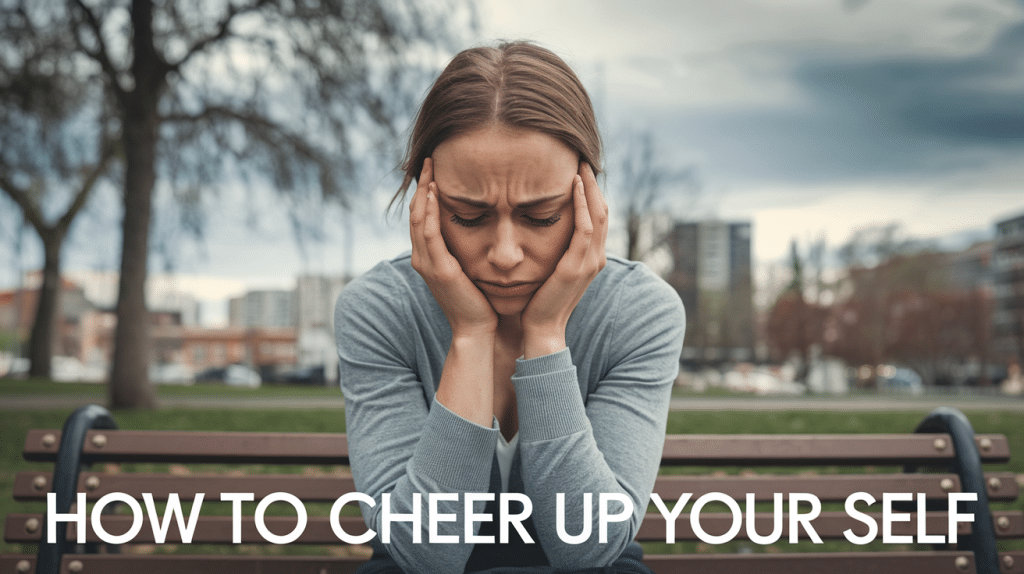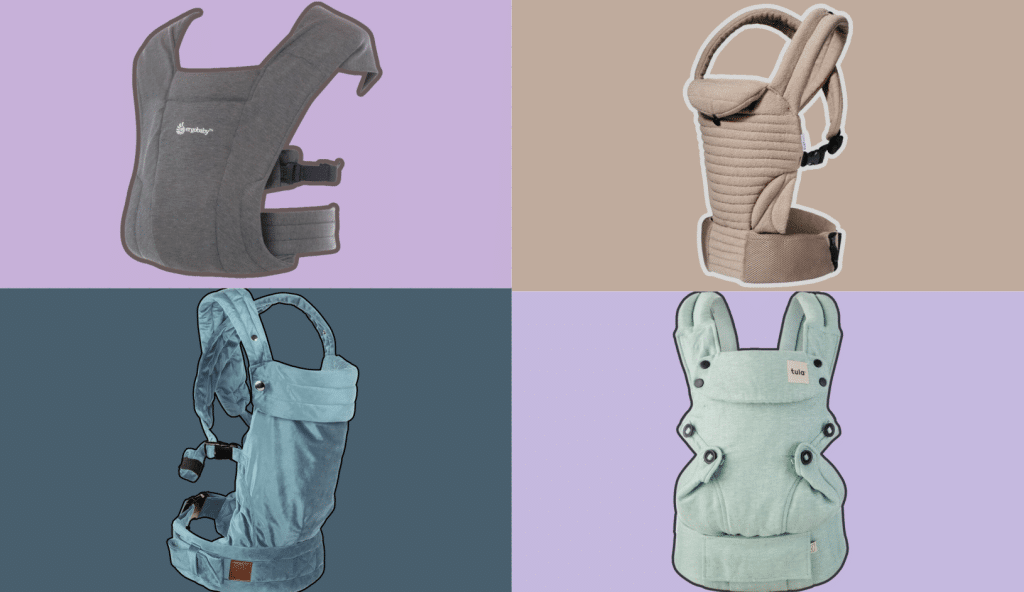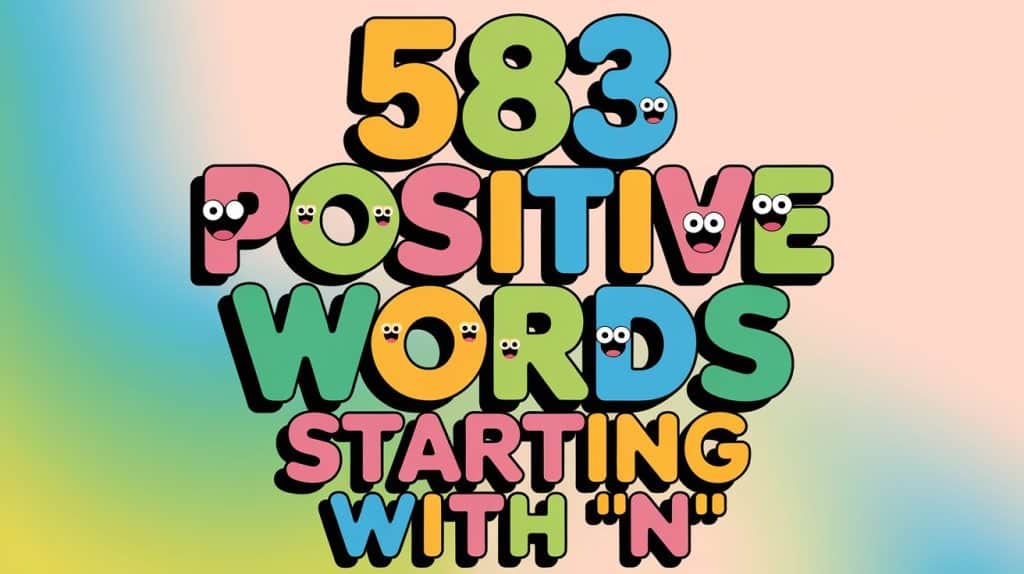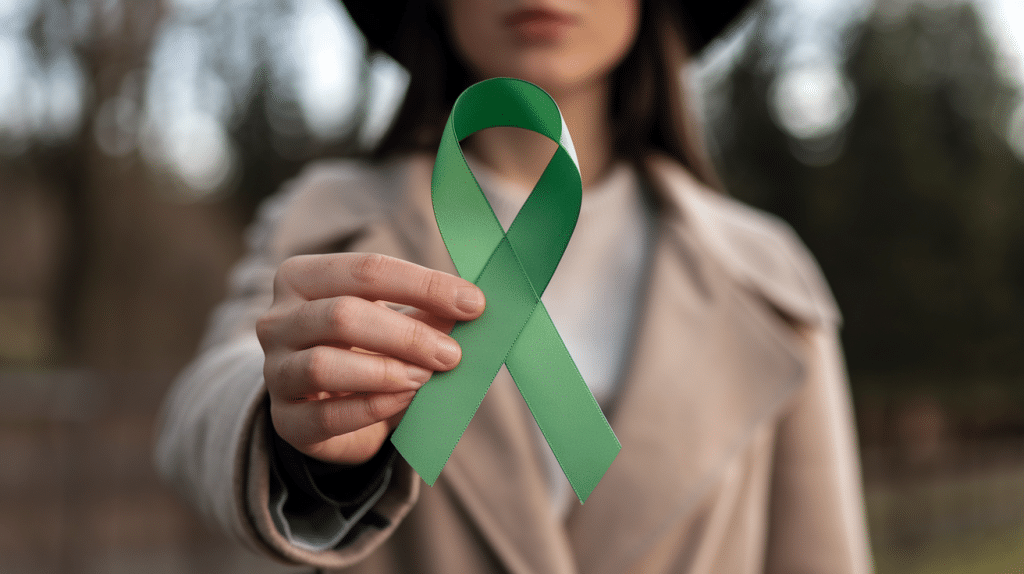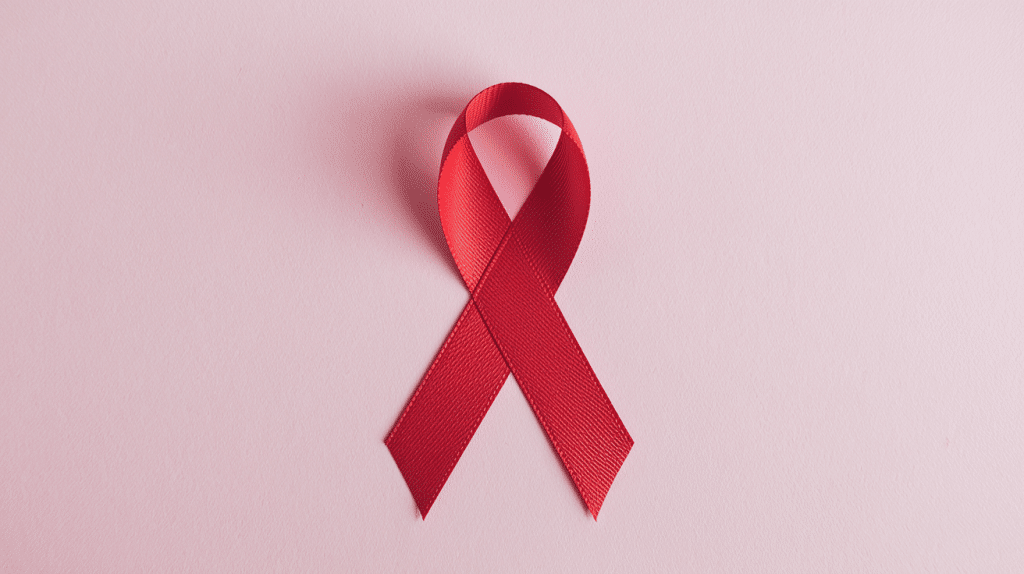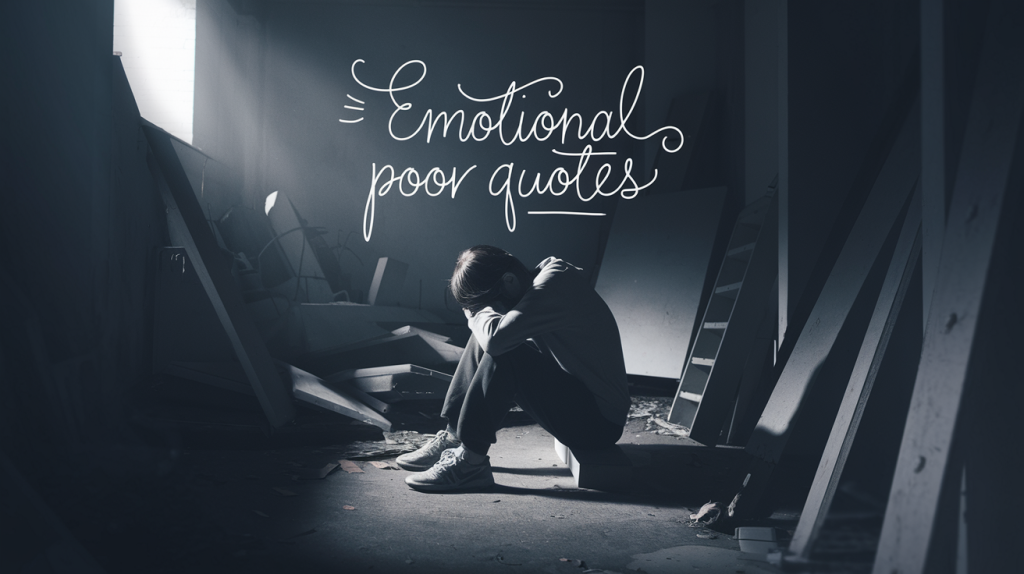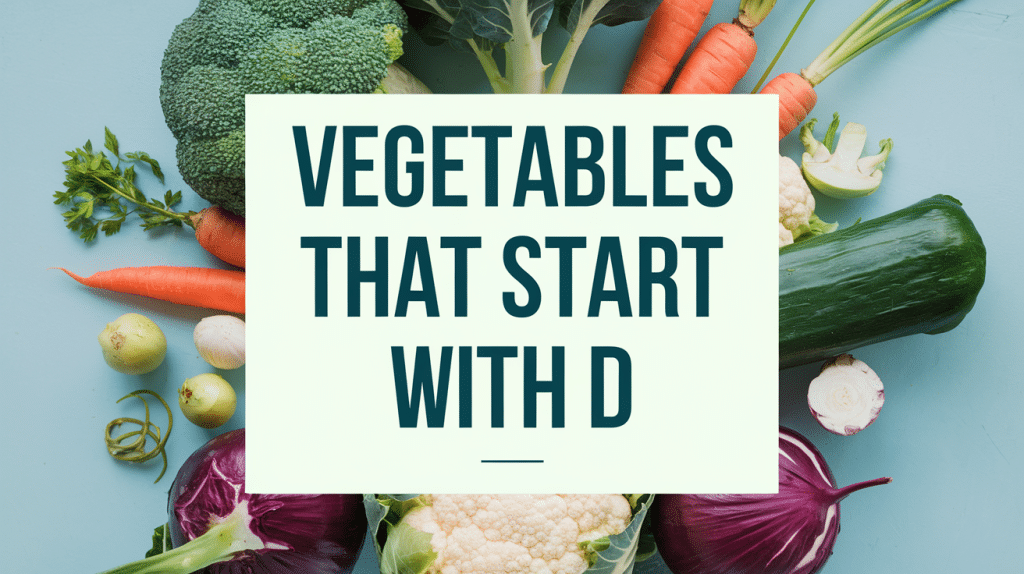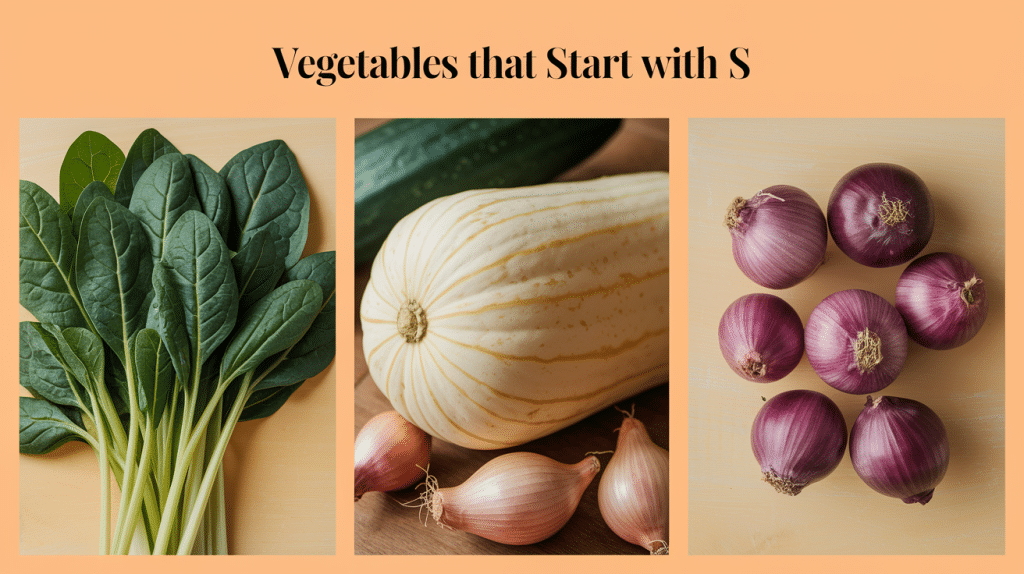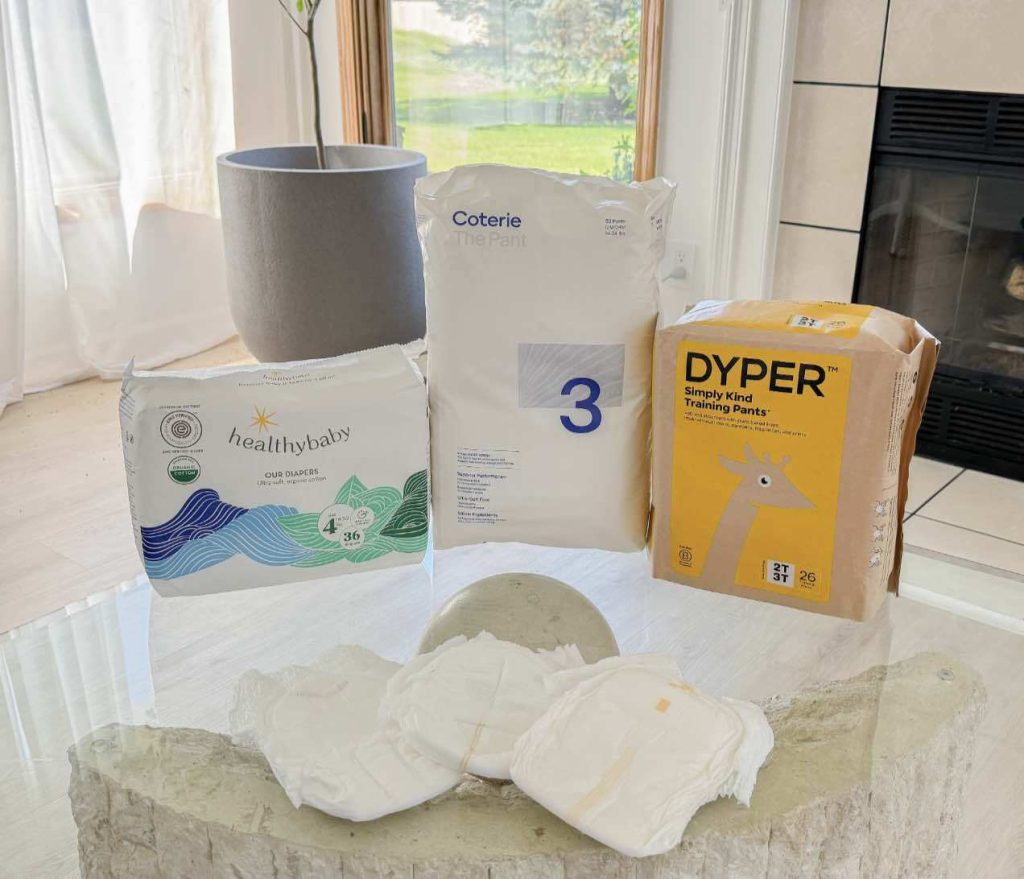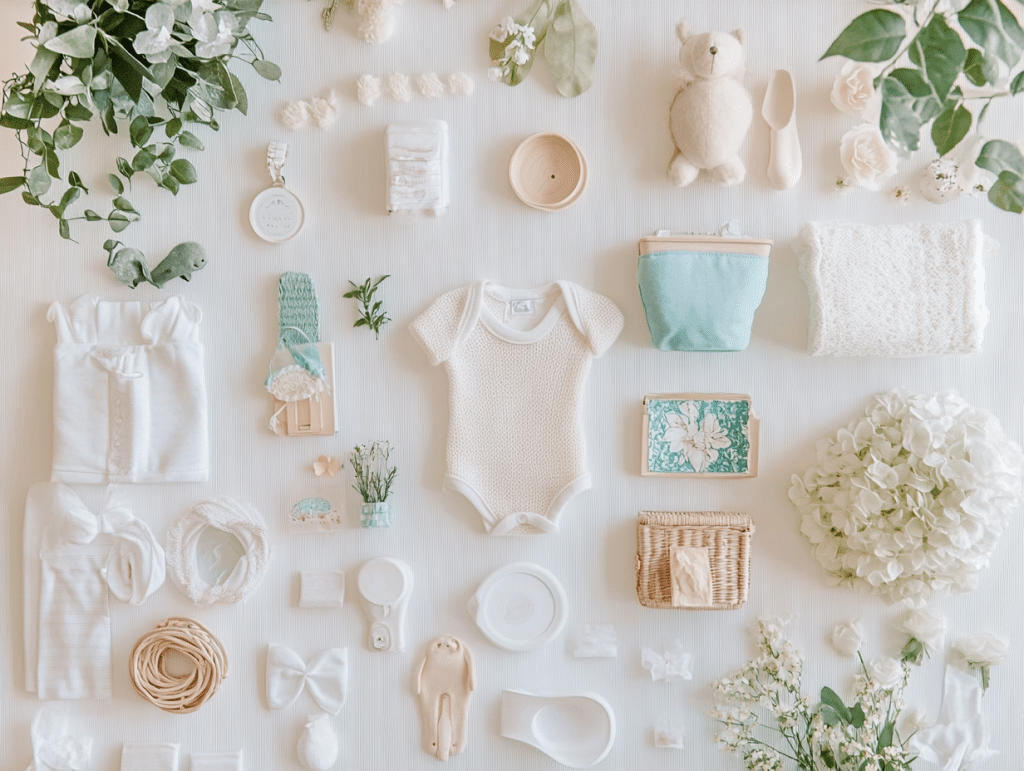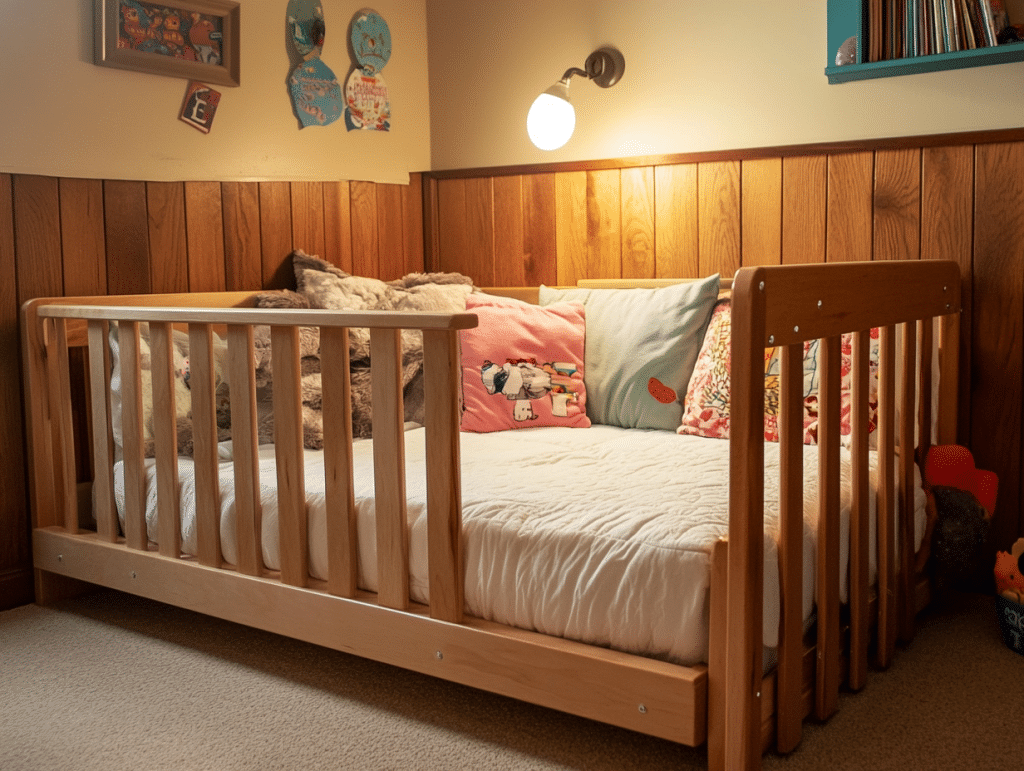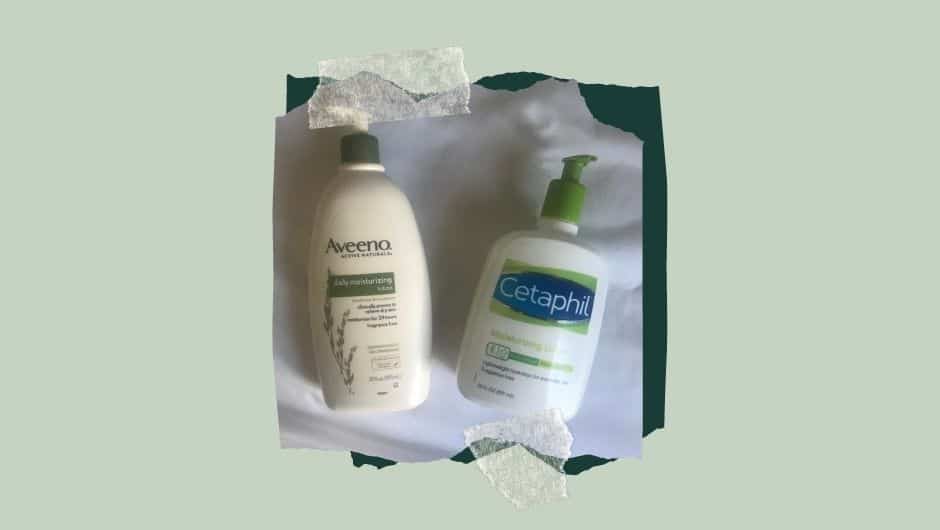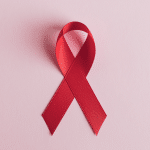Now Reading: 15 Postpartum Diapers for New Mothers I Recommend
-
01
15 Postpartum Diapers for New Mothers I Recommend
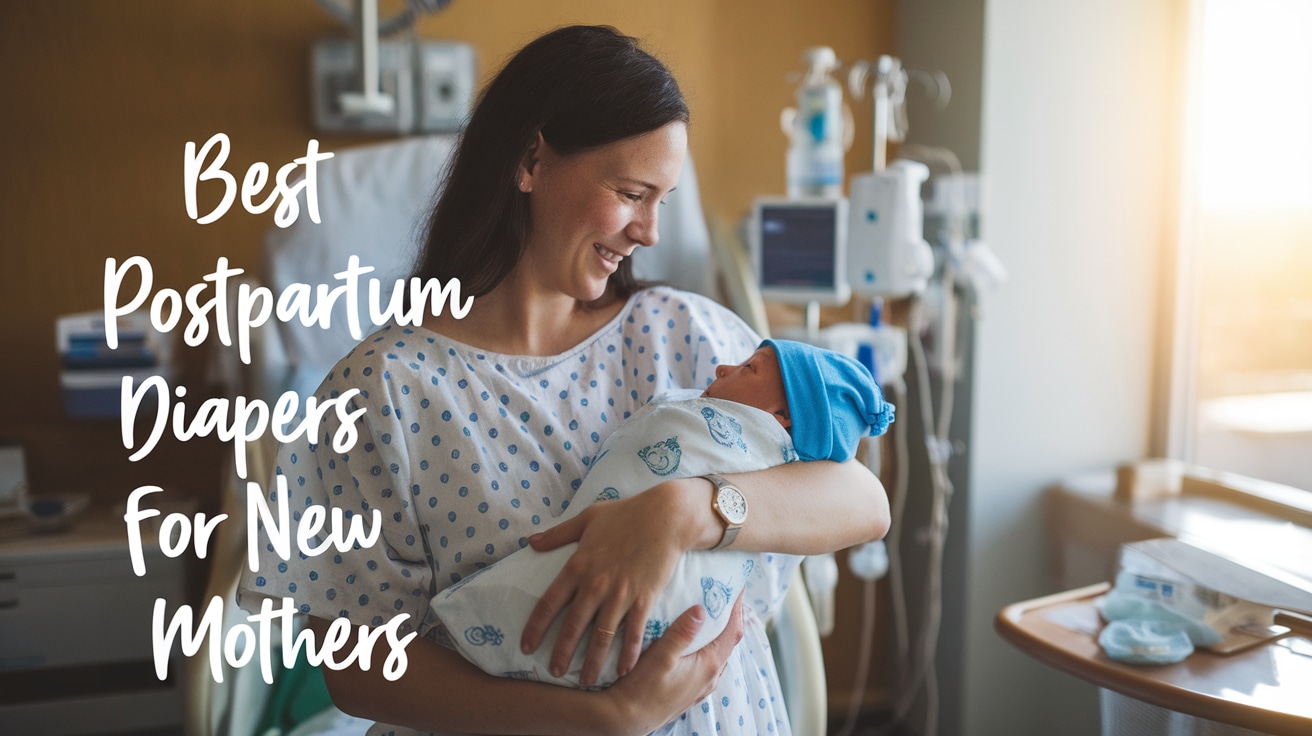
15 Postpartum Diapers for New Mothers I Recommend
Searching for the right postpartum diapers can feel overwhelming, especially when focused on caring for your newborn.
As a mom who’s tried countless options during my recovery, I understand the importance of finding reliable protection that works. After all, comfort and confidence during those early weeks are non-negotiable.
This guide breaks down the best options that have earned the trust of new moms like you. Ready to find postpartum diapers that offer both comfort and reliable protection?
Let’s explore the choices to help you focus on what matters most—bonding with your little one.
When to Start Using Postpartum Diapers?
Your postpartum diaper journey begins right after delivery. Though most hospitals provide initial supplies, pack a few in your hospital bag.
You’ll need them immediately as your body begins postpartum bleeding (lochia), which starts heavy and gradually decreases over time.
During the first week, expect the heaviest flow and plan to change diapers every 2-4 hours. Weeks 2-3 typically show decreased bleeding, allowing changes every 4-6 hours. By weeks 4-6, many moms transition to regular maxi pads, but there’s no rush – everyone’s recovery is different.
You’ll know it’s time to switch to pads when bleeding becomes light, sudden gushes stop, and you feel confident moving around.
Tips for Choosing the Right Postpartum Diapers

Selecting the right postpartum diaper can greatly improve your comfort in recovery.
Here’s a practical guide to help you choose:
1. Match Your Flow Level
- Days 1-5: Maximum absorbency/overnight protection
- Week 2-3: Heavy to medium absorbency
- Week 4+: Regular absorbency or transition to pads
- Always use maximum absorbency for nighttime
2. Check Skin Sensitivity
- Choose hypoallergenic options
- Look for a “fragrance-free” label
- Avoid latex if sensitive
- Pick breathable materials
3. Choose Your Disposable:
- Most convenient
- Perfect for hospital
- No washing needed
Reusable Diapers:
- Cost-effective
- Eco-friendly
- Requires washing
- Softer materials
Hybrid Diapers:
- Washable outer + disposable insert
- Balance of convenience
- Mid-range cost
- Eco-friendlier
4. Get the Right Fit
- Use pre-pregnancy hip size
- Size up if unsure
- Ensure no leg gaps
- Check waistband comfort
- Higher waist for C-section
Remember: The right diaper should feel comfortable and provide leak-free protection without skin irritation.
Best Brands for Postpartum Diapers
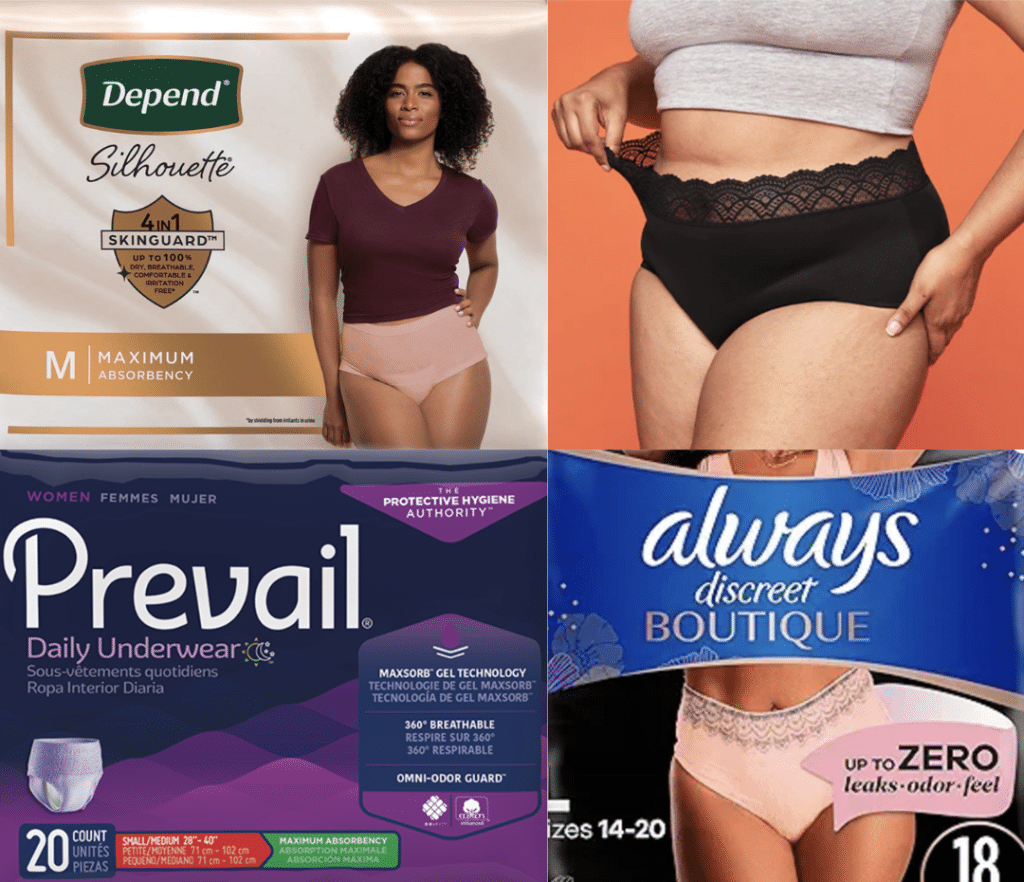
1. Always Discreet Boutique Underwear
- Comfort Level: Ultra-soft and feels like regular underwear.
- Material: Breathable fabric with a silky texture.
- Size: Available in S/M and L/XL.
- Extra Features: Odor-lock technology for discretion.
- Cost: Moderate price range.
- Absorbency Capacity: High; ideal for heavy flow.
- Ease of Wear: Pull-on design for effortless use.
2. Frida Mom Disposable Postpartum Underwear
- Comfort Level: Tailored for sensitive post-delivery skin.
- Material: Stretchy mesh fabric.
- Size: One-size-fits-most and plus-size options.
- Extra Features: Designed for C-section recovery, avoiding pressure on incisions.
- Cost: Slightly premium.
- Absorbency Capacity: Moderate; pairs well with pads for heavy bleeding.
- Ease of Wear: Easy to pull on and remove.
3. Depend Silhouette Incontinence Underwear
- Comfort Level: Slim-fit design for a discreet feel.
- Material: Cotton-like fabric that’s soft and breathable.
- Size: S to XXL.
- Extra Features: Leak-lock system to prevent stains.
- Cost: Affordable.
- Absorbency Capacity: High; suitable for heavy lochia.
- Ease of Wear: Pull-on style ensures quick changes.
4. Rael Organic Cotton Pads and Briefs
- Comfort Level: Hypoallergenic for sensitive skin.
- Material: Organic cotton.
- Size: Standard size with adjustable fit.
- Extra Features: Eco-friendly and sustainable.
- Cost: Premium.
- Absorbency Capacity: Medium; best for lighter flow days.
- Ease of Wear: Briefs with secure elastic for easy adjustments.
5. Prevail Daily Incontinence Underwear
- Comfort Level: High comfort with skin-friendly materials.
- Material: Soft and moisture-wicking fabric.
- Size: XS to XL.
- Extra Features: Neutralizes odors effectively.
- Cost: Budget-friendly.
- Absorbency Capacity: Moderate to high.
- Ease of Wear: Stretchable waistband for quick wear.
6. Kindred Bravely High-Waisted Postpartum Underwear
- Comfort Level: Gentle compression for belly support.
- Material: Nylon and spandex blend.
- Size: S to XXL.
- Extra Features: High-waisted design for C-section recovery.
- Cost: Affordable.
- Absorbency Capacity: Works best with separate pads.
- Ease of Wear: Slip-on style with a secure fit.
7. Intimate Portal Maternity Briefs
- Comfort Level: Stretchable and soft for everyday wear.
- Material: Cotton-blend fabric.
- Size: XS to XL.
- Extra Features: Durable and washable for long-term use.
- Cost: Cost-effective.
- Absorbency Capacity: Light; best for lighter bleeding phases.
- Ease of Wear: Elastic waistband for quick and easy changes.
8. Thinx Period Underwear
- Comfort Level: Feels like regular underwear with no bulk.
- Material: Moisture-wicking and antimicrobial fabric.
- Size: XS to 3XL.
- Extra Features: Reusable and eco-conscious.
- Cost: Premium.
- Absorbency Capacity: Moderate; suitable for light-to-medium flow.
- Ease of Wear: Simple to wear and maintain.
9. Hanes Cool Comfort Postpartum Briefs
- Comfort Level: Breathable and lightweight.
- Material: Cotton blend with a stretchable fit.
- Size: S to XL
- Extra Features: Budget-friendly pack options.
- Cost: Affordable.
- Absorbency Capacity: Works well with pads.
- Ease of Wear: Easy pull-on design.
10. Cora Period Underwear
- Comfort Level: Ultra-soft and comfortable for sensitive skin.
- Material: Organic cotton.
- Size: XS to XL.
- Extra Features: Eco-friendly and reusable.
- Cost: Premium.
- Absorbency Capacity: Moderate; great for lighter days.
- Ease of Wear: Fits like regular underwear.
11. Always Infinity FlexFoam Pads with Briefs
- Comfort Level: Lightweight and flexible.
- Material: Foam core with a soft outer layer.
- Size: Adjustable fit for briefs.
- Extra Features: Combines disposable pads with reusable briefs.
- Cost: Affordable.
- Absorbency Capacity: High for pads; moderate for briefs.
- Ease of Wear: Flexible and easy to adjust.
12. Modibodi Maternity Briefs
- Comfort Level: Soft and secure for postpartum use.
- Material: Bamboo fabric with waterproof layers.
- Size: XS to XXL.
- Extra Features: Reusable and sustainable.
- Cost: Moderate.
- Absorbency Capacity: High for heavy bleeding.
- Ease of Wear: Easy to slip on and off.
13. Motherhood Maternity Disposable Postpartum Panties
- Comfort Level: Stretchy and seamless for comfort.
- Material: Breathable mesh.
- Size: One-size-fits-most.
- Extra Features: Perfect for hospital use.
- Cost: Affordable.
- Absorbency Capacity: Moderate; pairs well with pads.
- Ease of Wear: Quick and hassle-free.
14. Depend Fit-Flex Underwear
- Comfort Level: Lightweight and flexible.
- Material: Soft, absorbent material.
- Size: S to XL.
- Extra Features: Leak-guard for additional security.
- Cost: Budget-friendly.
- Absorbency Capacity: High for heavy flow.
- Ease of Wear: Pull-on design with a snug fit.
15. Frida Mom Reusable Briefs with Bamboo Liners
- Comfort Level: Ultra-gentle and soft.
- Material: Bamboo fabric for liners, stretchable mesh for briefs.
- Size: Standard and plus-size options.
- Extra Features: Eco-friendly with reusable liners.
- Cost: Moderate.
- Absorbency Capacity: High for bamboo liners.
- Ease of Wear: Simple to layer and adjust.
Why Postpartum Diapers Are Essential
Your body releases lochia (a mix of blood, tissue, and bacteria) as your uterus heals after birth. This flow is heavier than a regular period and can last several weeks, making reliable protection essential.
Here are some benefits of using postpartum diapers:
Superior Absorption
- Holds up to 2 cups of liquid – way more than regular pads
- Prevents leaks during heavy flows and sudden gushes
- It keeps you dry through long sleep stretches
- Works well for both day and night protection
Comfort and Convenience
- Soft materials that won’t irritate sensitive areas
- Stays in place without shifting or bunching
- Easy to pull up and down after delivery
- Perfect for limited mobility during early recovery
- Extra gentle for C-section healing
Hygiene and Odor Control
- Keeps moisture away from the skin to prevent irritation
- Neutralizes odors naturally
- Reduces infection risk during healing
- It prevents bacterial growth better than regular pads
- It makes disposal quick and simple
Confidence Boost
- It lets you focus on the baby instead of worrying about leaks
- It gives freedom to move around comfortably
- Provides security during hospital stay
- It makes nighttime changes less stressful
- It helps you feel protected during recovery
Pro Tip: Stock different spots in your house with extras—a bedside table, bathroom, and nursing station. This simple preparation makes recovery much easier!
Postpartum Diapers vs Regular Diapers
| Feature | Postpartum Diapers | Regular Diapers |
|---|---|---|
| Purpose | Designed for managing postpartum bleeding and recovery needs. | Meant for incontinence or waste management for babies or adults. |
| Fit | Tailored for adult women, with a snug, high-waisted fit. | Designed for babies or adults, often with adjustable tabs or pull-up style. |
| Material | Soft, breathable, and hypoallergenic for sensitive postpartum skin. | Generally soft but may not cater to sensitive skin needs. |
| Absorbency | High absorbency for blood, clots, and discharge. | Primarily absorbs liquid waste like urine. |
| Ease of Use | Pull-on style for convenience and quick changes. | Tabs or pull-ups may require more effort to secure properly. |
| Special Features | Odor control, breathable fabric, and C-section-friendly designs. | Focused on basic leak protection and odor control for urine. |
| Hygiene | Single-use, designed to prevent infections and maintain postpartum hygiene. | Effective for waste management but not designed for blood-related use. |
| Comfort | Prioritizes comfort for tender areas and postpartum recovery. | Comfortable but not tailored for postpartum sensitivity. |
| Cost | Moderate cost, typically used for a short period. | It varies depending on size and purpose but is generally cost-effective for long-term use. |
How to Manage Heavy Bleeding with Postpartum Diapers
Heavy postpartum bleeding requires a strategic approach for effective management.
During the first five days, establish a regular changing schedule every 2-4 hours, and always change your diaper before sleep and upon waking.
Note: Don’t wait until you’re completely saturated – change when the diaper feels about 75% full to prevent leaks and discomfort.
Use overnight diapers during heavy flow days for maximum protection and ensure leg cuffs are positioned correctly. Consider adding a backup pad for extra security, especially during sleep or long sitting periods.
Create easy-access stations around your house with stacked supplies, and always keep 2-3 extra diapers within reach.
Watch for warning signs, such as soaking through in under an hour, large clots, or foul odors—these need immediate medical attention.
Remember, good management is about prevention rather than reaction.
Tips for Safe Disposal of Postpartum Diapers
- Roll the diaper tightly and secure adhesive tabs to contain the contents
- Use scented disposal bags specifically designed for postpartum care
- Always tie disposal bags completely shut to lock in odors
- Place used diapers in a covered trash bin with a lid
- Empty your diaper pail or disposal bin daily to prevent odor buildup
- Keep disposal bags within easy reach at your changing station
- Clean diaper pail weekly using disinfectant to maintain hygiene
- Carry extra disposal bags in your purse for public place changes
- Never attempt to flush postpartum diapers down any toilet
Wrapping It Up
Your postpartum recovery journey is unique; protection is essential for this special time.
From choosing between disposable and reusable options to managing heavy flow days, the right postpartum diaper can significantly improve your comfort and confidence.
Remember, there’s no rush to transition away from postpartum diapers – listen to your body and make changes when you’re ready.
Keep essential supplies within reach, maintain good hygiene practices, and don’t hesitate to contact your healthcare provider if something doesn’t feel right.
As you navigate these early days of motherhood, focus on bonding with your little one and caring for yourself. With proper preparation and the right postpartum diapers, you can handle this recovery phase confidently and comfortably.


